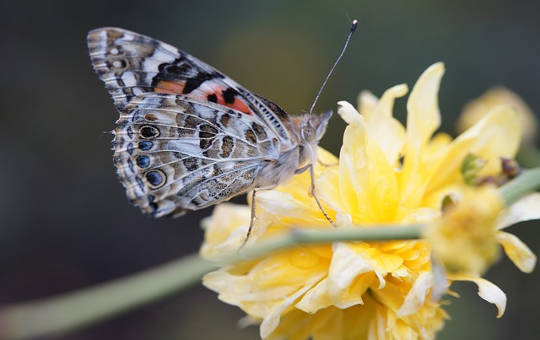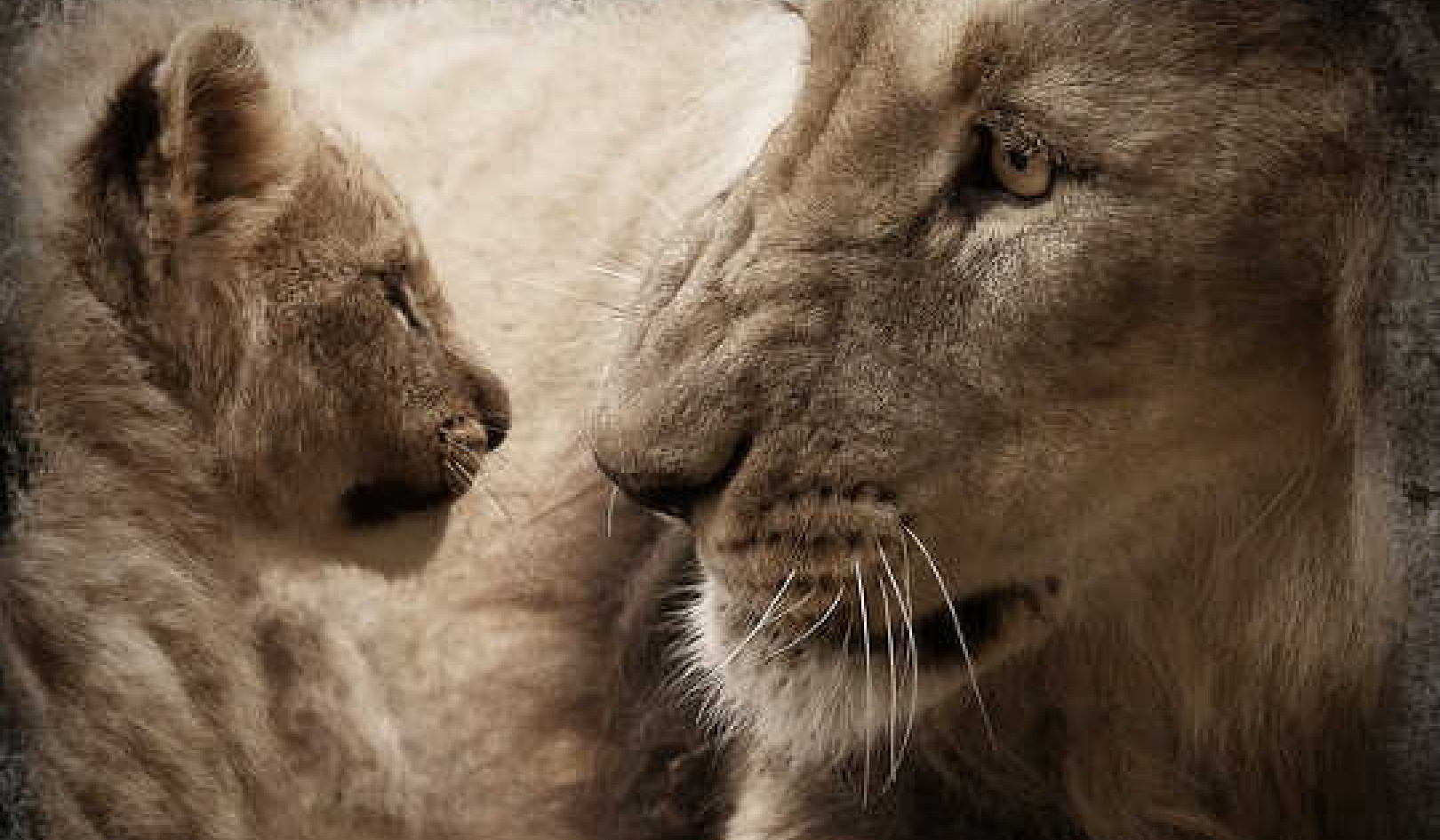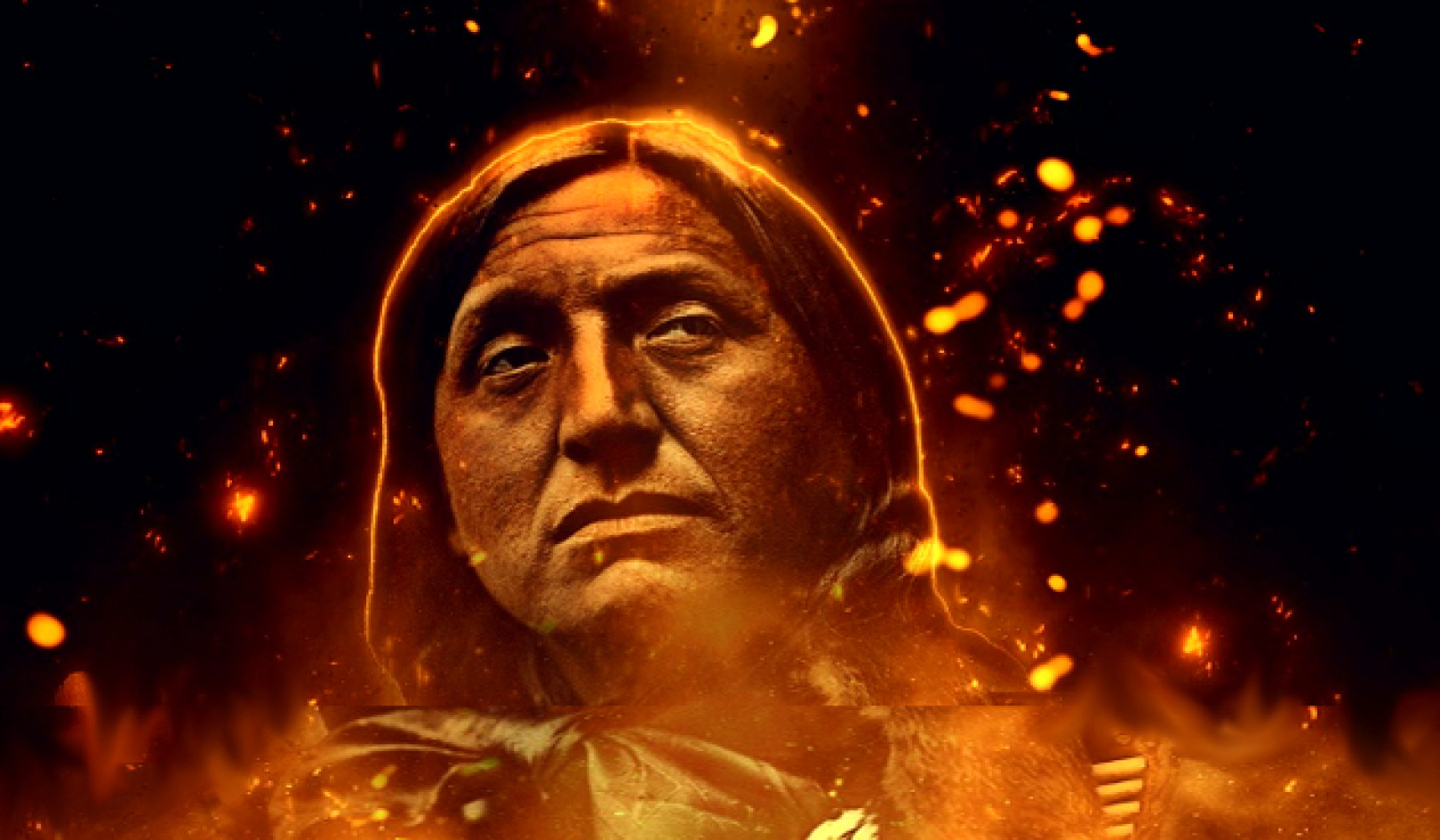
The most beautiful and profound emotion
we can experience is the sensation of the mystical.
It is the sower of all true science.
He (or she) to whom this emotion is a stranger,
who can no longer wonder and stand
rapt in awe, is as good as dead.
-- Albert Einstein
As I look back over the extraordinary moments in my own spiritual journey, I am fascinated to see how interspiritual it is. Although I am primarily a Christian, a Catholic contemplative, my heart and life are now totally open to wherever and whenever mystical graces take me.
My experiences have ranged from pure, unitive elevations into the divine reality, to a painful plunge into the void in my early years as an undergraduate. They have included intense nondual moments with nature and its inhabitants -- trees, flowers, mountains, birds, deer, raccoons, dogs, cats -- even one sagelike turtle I encountered in Oklahoma. I have had the classic upanishadic realization, the overwhelming awareness that everything is within me and within everyone and everything else.
The Divine Mystery
My inner life has been the drama of the divine mystery communicating its presence and love to me, and saturating my being. But it has been an essentially apophatic experience -- one that cannot be grasped or described. The mystical life defies our categories of systemization. Its vividity, clarity, intensity, and transcendental nature overflow our finite categories.
Bede Griffiths once said to me that ultimate realization is similar to sitting in a completely dark room. You seem to be alone, but then all of a sudden someone comes up and wraps his or her arms around you. You know someone is there, but you can't see a face. You know the divine is there because it loves you, holds on to you, elevates you to greater capacity, but it rarely removes its veil.
My encounters with God have been rich and variegated, encompassing all the possibilities. I am certain this reflects the infinite richness of the divine expressed in the differing spiritual experiences of the world's religions.
My inner journey -- what I have been given and shown -- has prepared me to appreciate the importance and possibility of a universal approach to mysticism because only such an approach will yield a better understanding of spirituality. In the end, I am convinced that the religions complete one another's understanding of ultimate reality.
An Intermystical Bridge
The Guidelines for Interreligious Understanding formulated by Thomas Keating and the fifteen members of his Snowmass Conference provide a strong foundation for fruitful dialogue among all the faith traditions. These points of agreement have been reached in the context of spiritual practice. Each member of the Conference is a leader in a tradition of spiritual wisdom. Each is committed to an interspiritual approach. That means that they are passionately interested in the spiritual practices, insights, intuitions, and essential formulations of all the schools of spirituality.
These fifteen people have become close friends over the years. During their annual week-long retreats they have shared the spiritual resources and treasures of their different approaches and have found much common ground.
The guidelines we will examine here concern their basic orientations to the ultimate reality, the rest of the guidelines deal with spiritual practice.
1. Ultimate Reality and Religions
The first guideline acknowledges the place of the ultimate reality in all the religions of the world. It expresses this truth in the following words: "The world religions bear witness to the experience of Ultimate Reality to which they give various names: Brahman, Allah, (the) Absolute, God, Great Spirit."
This guideline emphasizes experience, not mere conception. The basis of all the religions lies in the actual experience of these traditions' founders and leaders, over the course of many centuries. The recognition of the primacy of Ultimate Reality is the result of the mystical process. All the religions accept the place and role of Ultimate Reality, although, because always ineffable, it cannot be sufficiently characterized. All our terms or words are useless in any attempt to "name" the ultimate source.
2. Reality Cannot Be Limited
The second guideline conveys the above insight: "Ultimate Reality cannot be limited by any name or concept." Our words, no matter how technical, precise, or specialized, are incapable of holding or conveying the intense, total, and certain reality of the ultimate in its actual nature. It is completely beyond the capacity of language, thought, imagination, and life to grasp -- in any truly meaningful way -- what the Ultimate Reality actually is. Our life and being are coordinated with it.
3. Infinite Potential and Actualization
Our mystical process depends on our relationship with or connection to the elusive mystery. Guideline three recognizes this experiential insight: "Ultimate Reality is the ground of infinite potentiality and actualization."
It is only by opening up to and integrating with the source that we awaken to who we actually are, which is hidden in the mystery of the source itself. The source, as the Ultimate Reality, holds the key to our becoming, our awakening to the expanded being of our deeper identity in it. All that we are and can become has its identity in the source, the Ultimate Reality in its ineffable mystery. We cannot actualize our infinite potentiality except in and through the source. Every other form of potentiality is finite and, so, impermanent.
4. The Path of Faith
If we would actualize our innate potential for infinite life and development, we need to follow the path of faith, regardless of our tradition. All paths traverse some expression of faith's compelling power to lead us into actualization of our spiritual potential. The fourth guideline defines the nature of this experience of faith: "Faith is opening, accepting, and responding to Ultimate Reality. Faith in this sense precedes every belief system."
Faith is essentially the quality of openness, eagerness, and expectation we see in children and other enlightened souls. It is a basic attitude of trust in the ultimate mystery behind existence; it is a gesture and stand of pure openness. This attitude of trust precedes a system of belief or a tradition. It is a universal experience and requirement for the higher life; without it, the spiritual journey is impossible. In a certain sense, faith is also a willingness to relinquish control to the source. It is a capacity to trust the mystery of the ultimate.
5. Everyone Has The Potential for Wholeness
We are all mystics by virtue of our birth. We are meant for something more. All the religions inform us of this truth, and their many forms of spirituality are ways for each one of us to nurture the awakening and steady growth of our inner realm of connection with the source. Guideline five addresses this point: "The potential for human wholeness -- or in other frames of reference, enlightenment, salvation, transformation, blessedness, nirvana -- is present in every human person."
We have -- indeed, we are -- this potential for unlimited being because this mystical dimension is part of what makes us human. Realizing our potential for wholeness, for the divine inner core of our nature, is the goal of life. We are beings in transit to this wholeness. That is precisely why we are here.
This world is a launching pad! We are sometimes restless because we are made for a permanent fulfillment. The character Auntie Mame reflects this insight when she says to her wide-eyed nephew: "Life is a banquet, but most suckers are starving!" The mystical life is the banquet. Anything short of this is just a cheese sandwich.
6. Everything Leads to Ultimate Reality
Everything is an avenue leading to the experience of Ultimate Reality. The divine communicates itself in all things. That there are infinite ways to encounter the source is the essential truth of the sixth guideline: "Ultimate Reality may be experienced not only through religious practices but also through nature, art, human relationships, and service of others."
The ultimate can be experienced in virtually anything. There is no place, no activity that restricts the divine. It is everywhere.
7. Ignorance & Suffering
One chief characteristic of the age we live in is our willingness to explore other ways of looking at life. We are beginning to feel comfortable experimenting with other traditions, particularly with alternative prayer forms, meditation, and yoga. We are hungry for the divine; we are striving for a breakthrough. Sooner or later, it will happen. If a person is really trying, and is devoting time for prayer or meditation each day -- preferably twice a day -- then, sooner or later, a breakthrough will occur.
One of the great problems of the contemporary world is the sense of isolation people feel -- from the ultimate mystery, nature, other people, and our fellow creatures. This feeling of separation is a relative perspective growing out of a cultural milieu of human autonomy from the source and from one another. Such a perspective is, in the end, an illusion. The seventh guideline, and a further basis for interreligious conversation and cooperation, recognizes this danger of isolation and separation: "As long as the human condition is experienced as separate from Ultimate Reality, it is subject to ignorance, illusion, weakness, and suffering."
When our life is divided against itself, it is out of touch with the way things really are: each person as part of a vast community of consciousness that embraces the totality. Bede Griffiths often said that sin is separation, referring to the false posture of autonomy so many people assume in their lives. Autonomy is illusion, and the paramount ignorance of our time. It has justified so much destructive behavior, in government, business, education, health care, and within families. But if we understand that we are intimately connected with the totality, and with all others, then our attitudes, habits, words, and actions will be measured, always seeking harmony.
8. Experiencing the Oneness
Guideline eight turns to the issue of spiritual practice, emphasizing its utter importance in the mystical journey. Yet it also recognizes that spiritual practice alone will not achieve the transformation we desire. It is deeper than simply a matter of our own efforts at inner and outer change, regardless of how noble and heroic these are. Our transformation is based, rather, on the depth and quality of our relationship with Ultimate Reality.
It is this relationship that determines our elevation into higher awareness, compassionate being, and loving presence. The eighth guideline says: "Disciplined practice is essential to the spiritual life; yet spiritual attainment is not the result of one's own efforts, but the result of the experience of oneness (unity) with Ultimate Reality."
In other words, what transforms us is not what we do but our integration with what is. What we do in the way of our spiritual effort, our habits of prayer, meditation, compassion, and love are all important; but the cause of change is the inner mystical process of union with the source. That, and that alone, is what brings about inner change and carries us into the everlasting roots of our expanded identity in the divine.
Reprinted with permission of the publisher,
New World Library. ©2001. http://www.newworldlibrary.com
Article Source
The Mystic Heart: Discovering a Universal Spirituality in the World's Religions
by Wayne Teasdale.
 Drawing on experience as an interreligious monk, Brother Wayne Teasdale reveals the power of spirituality and its practical elements. He combines a profound Christian faith with an intimate understanding of ancient religious traditions.
Drawing on experience as an interreligious monk, Brother Wayne Teasdale reveals the power of spirituality and its practical elements. He combines a profound Christian faith with an intimate understanding of ancient religious traditions.
For more info or to order paperback book or purchase the Kindle edition..
About the Author
Brother Wayne Teasdale was a lay monk who combined the traditions of Christianity and Hinduism in the way of Christian sannyasa. An activist and teacher in building common ground between religions, Teasdale served on the board of trustees of the Parliament of the World's Religions. As a member of the Monastic Interreligious Dialogue, he helped draft their Universal Declaration on Nonviolence. He wss an adjunct professor at DePaul University, Columbia College, and the Catholic Theological Union, and coordinator of the Bede Griffiths International Trust. He is the author of The Mystic Heart, and A Monk in the World. He held an M.A. in philosophy from St. Joseph College and a Ph.D. in theology from Fordham University. Visit this website for more information on his life and teachings...





























